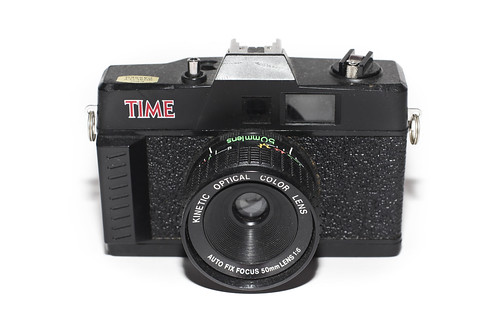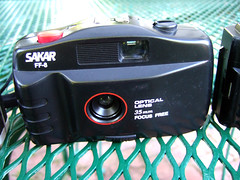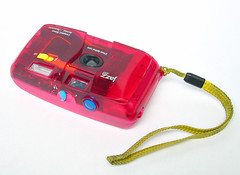Difference between revisions of "Trashcam"
m (minor description adds) |
(fixing non-displaying image link) |
||
| Line 3: | Line 3: | ||
{{Flickr_image | {{Flickr_image | ||
|image_source= http://www.flickr.com/photos/333bracket/4751502861/in/pool-camerawiki | |image_source= http://www.flickr.com/photos/333bracket/4751502861/in/pool-camerawiki | ||
| − | |image= http://farm5.static.flickr.com/4140/ | + | |image= http://farm5.static.flickr.com/4140/4751502861_1426170cf4.jpg |
|image_align= right | |image_align= right | ||
|image_text= The ubiquitous [[Time Magazine Camera|Time camera]]<br />The "Optical Lens" designation is a common trashcam feature | |image_text= The ubiquitous [[Time Magazine Camera|Time camera]]<br />The "Optical Lens" designation is a common trashcam feature | ||
Revision as of 17:23, 29 August 2011
Glossary Terms

|
| The ubiquitous Time camera The "Optical Lens" designation is a common trashcam feature image by Bracket ツ (Image rights) |
The term trashcam has sometimes jokingly been applied to simple plastic cameras of extremely low value. These might include promotional giveaways, dollar-store closeouts, or thrift-store finds, but also out-and-out examples of deception such as the "Olympia" camera.
While trashiness is naturally a subjective and debatable concept, one working definition of a trashcam might be, "any camera whose value at least doubles when loaded with film."
There is a continuum between cheap plastic cameras that actually have reasonable optics, such as the Ansco Pix Panorama, and true toy cameras that are especially prized for their degraded, aberrated imagery.

|
| "Focus Free" or "Made in China" may suggest trashcam status image by Todd Evans (Image rights) |

|
| An optical lens is a highly-prized feature in a trashcam image by Nesster (Image rights) |

|
| Aperture settings: Sunny, partly sunny, partly cloudy, cloudy image by jill elise (Image rights) |

|
| Garish and unfashionable colors are also a plus image by Voxphoto (Image rights) |